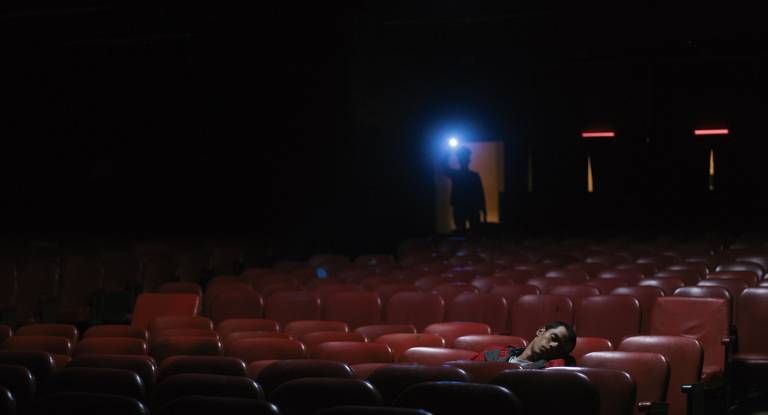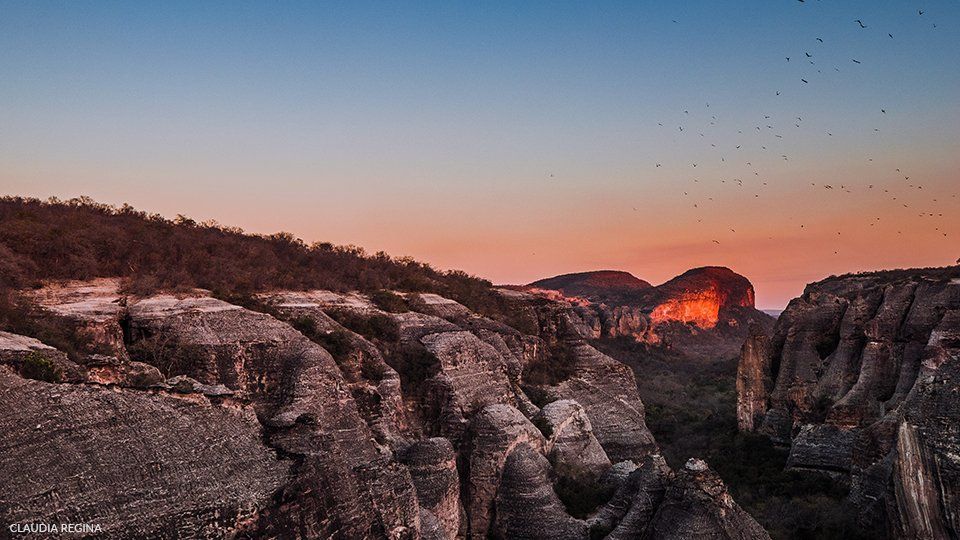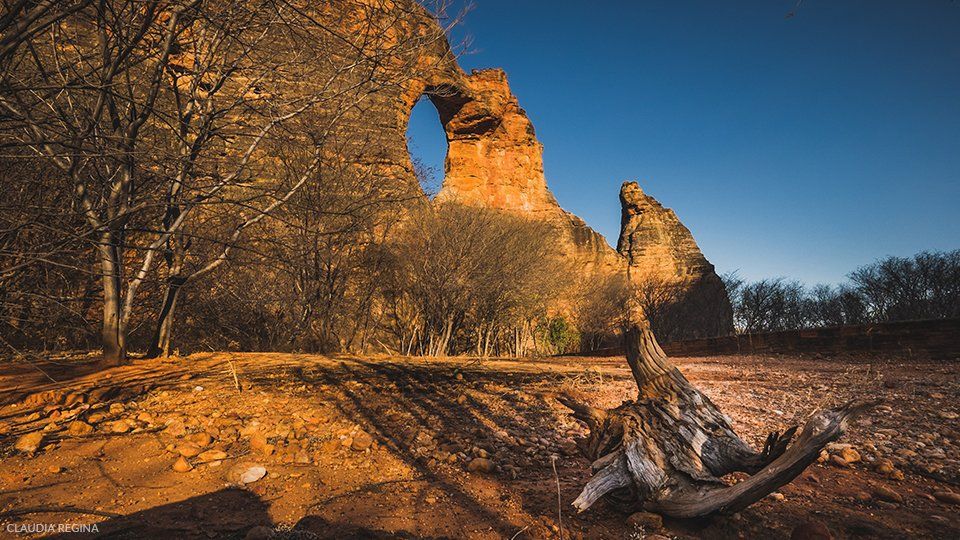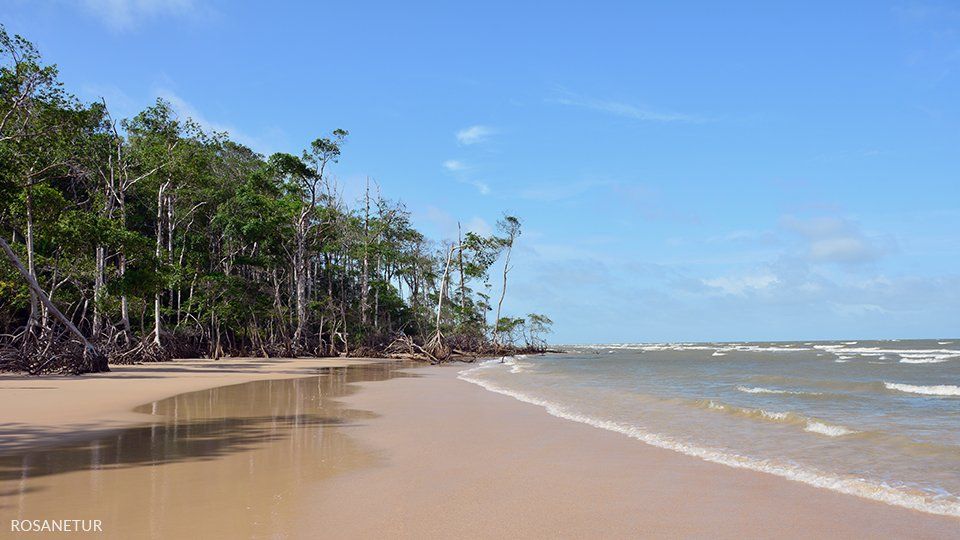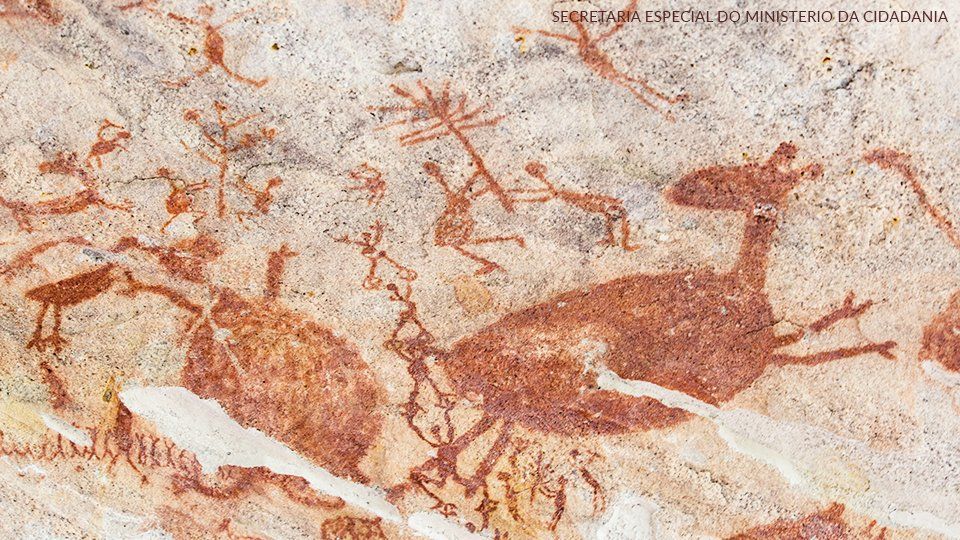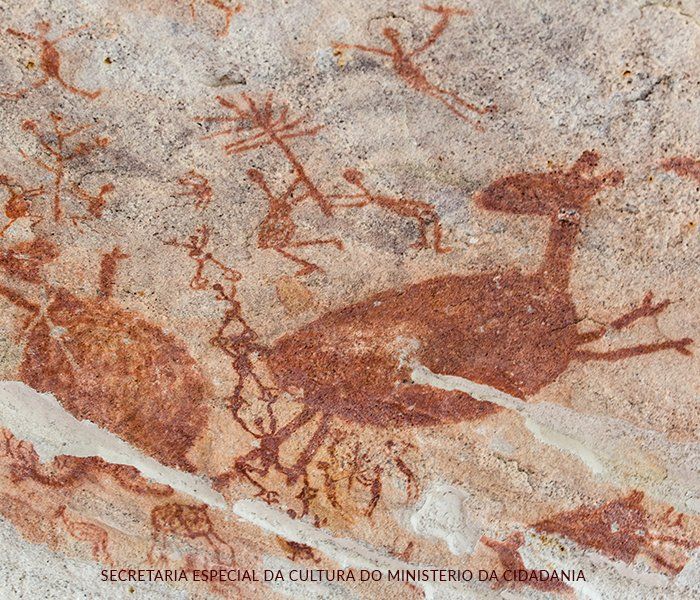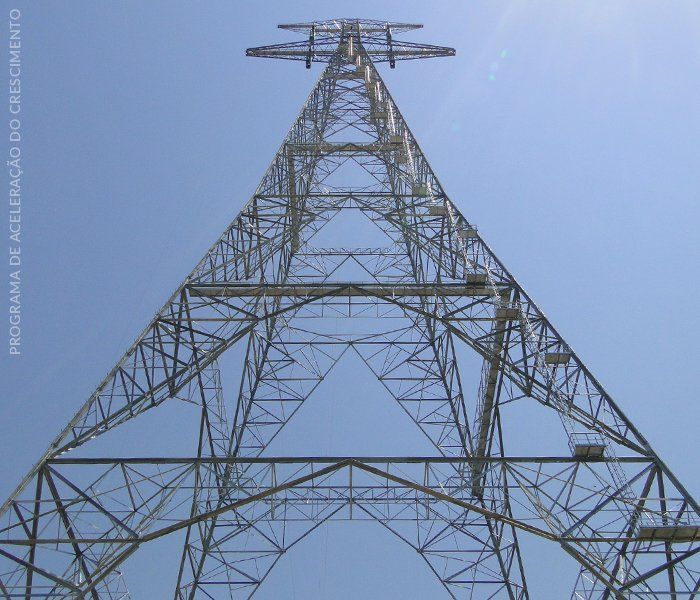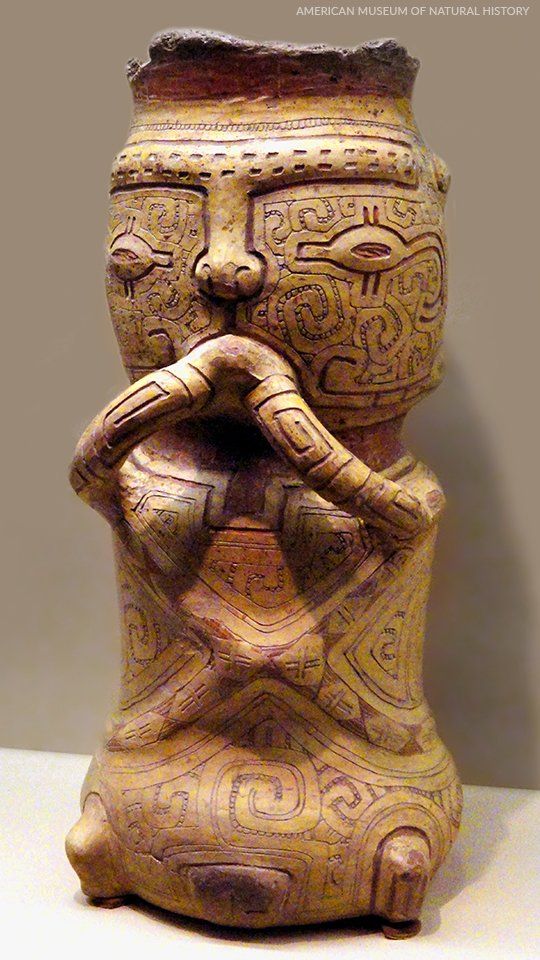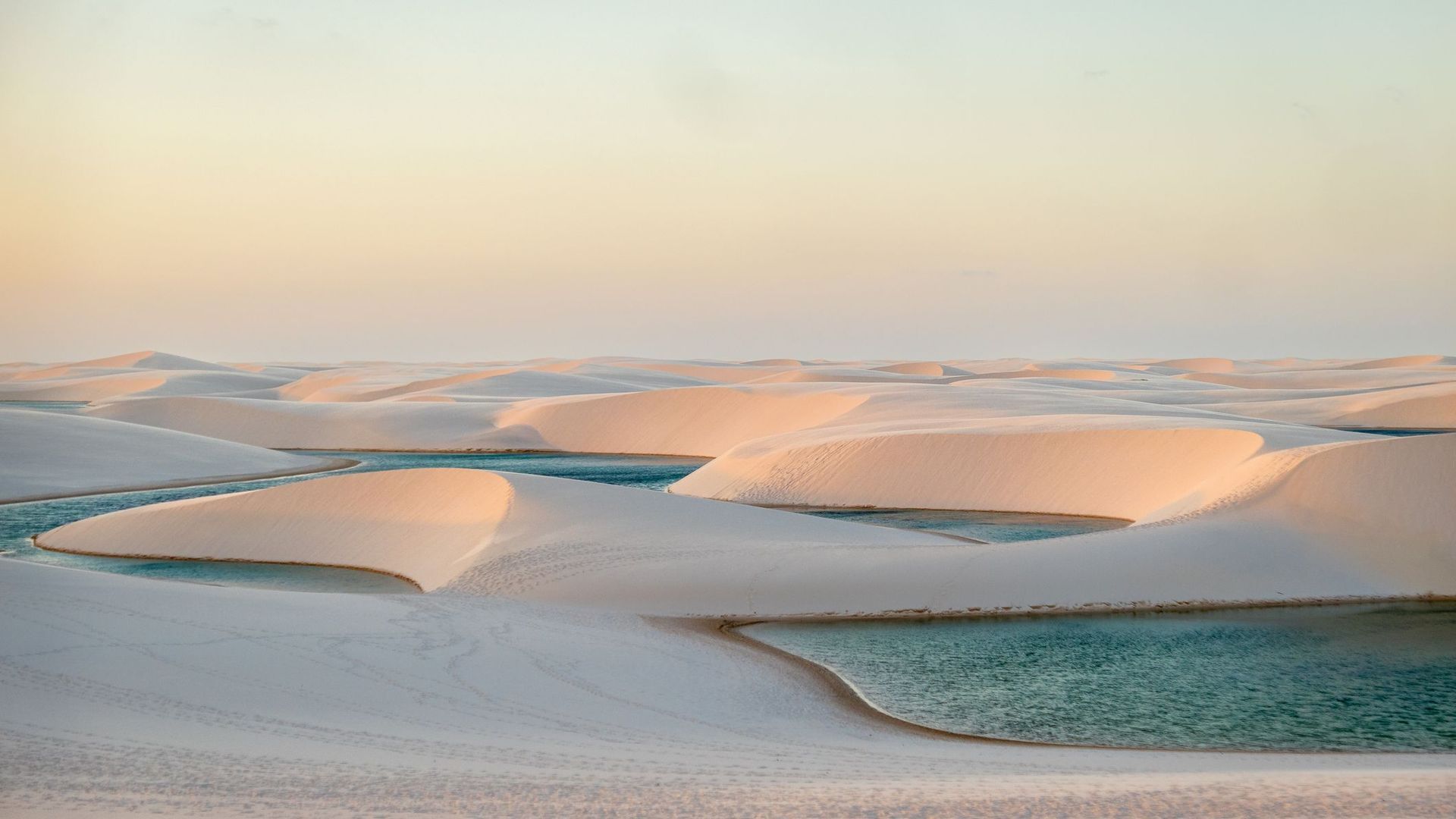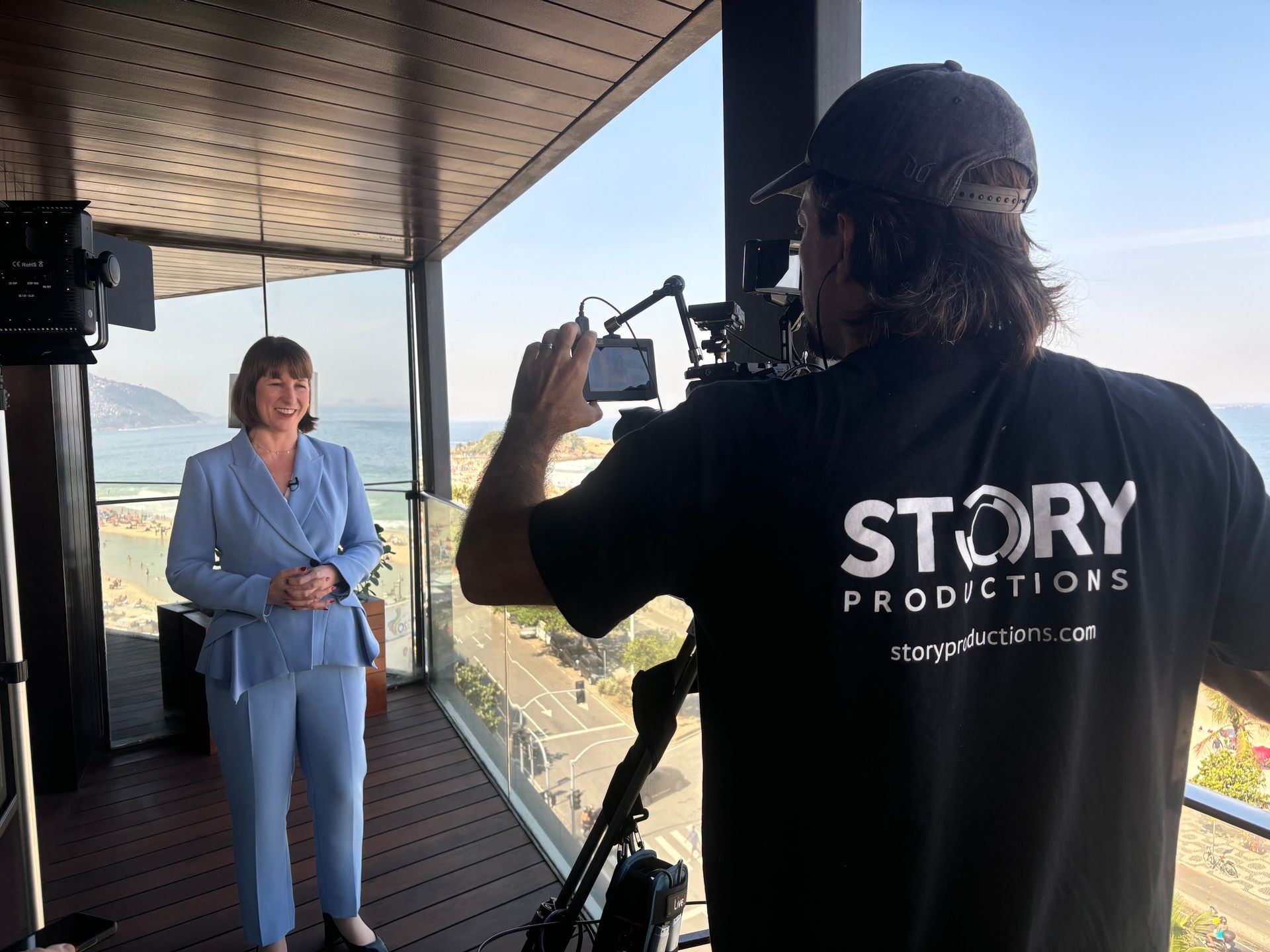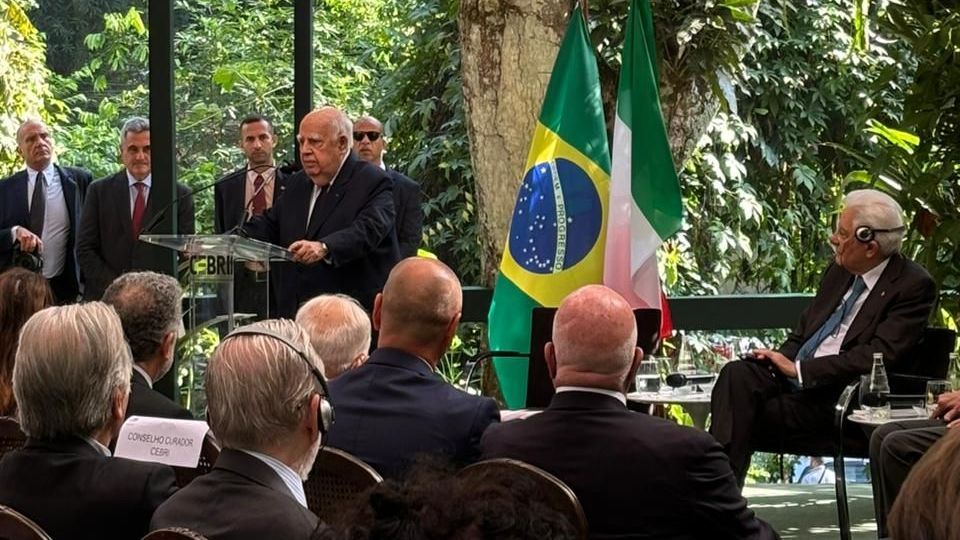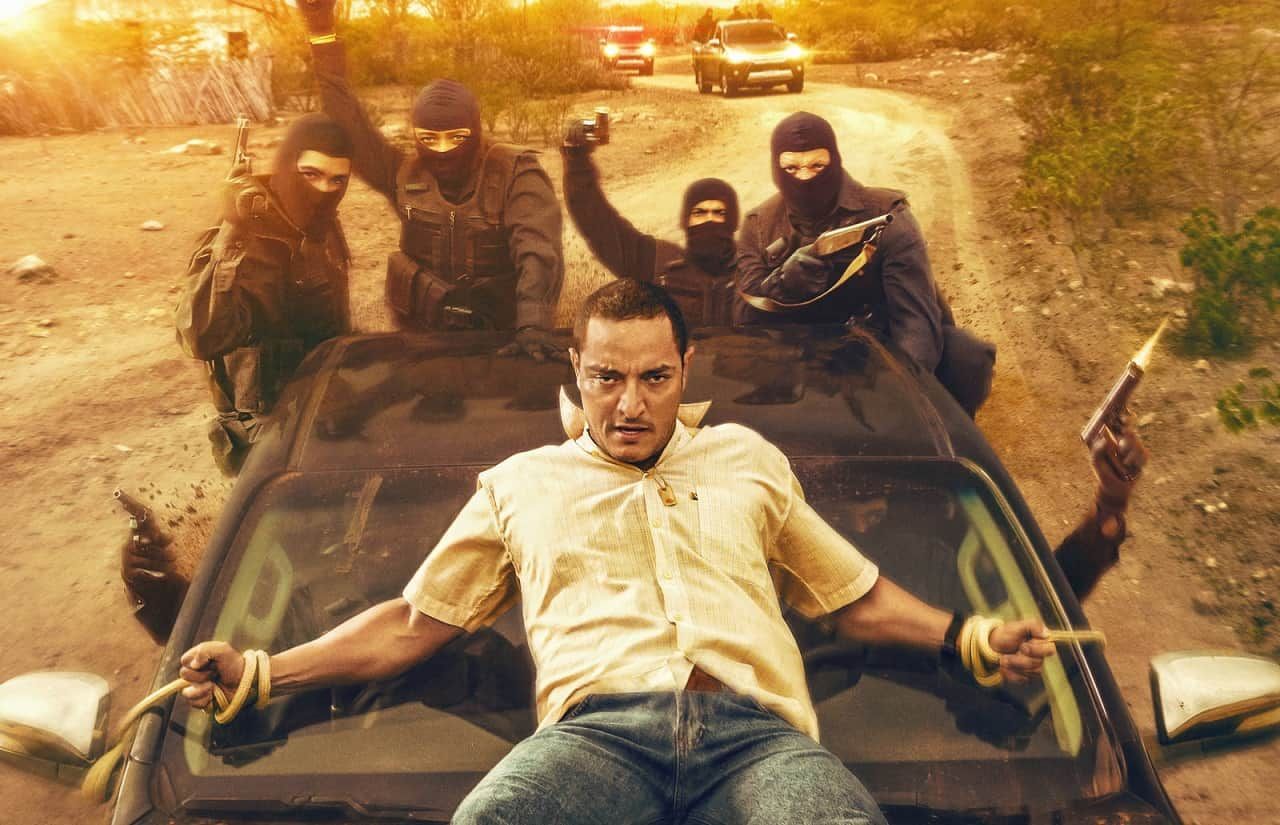Brazil Spotlight: “In search of the first Americans in the Amazon”
A puzzle yet to be deciphered, the origin story of the American population inspires recent films and documentaries.
Last December, a new British Channel 4 documentary called Jungle Mystery: Lost Kingdoms in the Amazon¹, featuring archaeological remains in Colombia, amplified the controversy about the origins of American people.
In past decades, several discoveries have dismantled the theory that America was populated 13,000 years ago by Siberia-Alaska migrations via a glacial land bridge over the Bering Strait. New evidence has unsettled the anthropological consensus, but a sound alternative explanation for migration to the continent has not yet solidified. Watch the trailer for the exciting series here:
A discovery in 1933 uncovered the oldest culture on the continent to date: 11,500-year-old hunting artefacts embedded in bison and mammoth bones in Clovis, New Mexico. Stone blades and spearheads surfaced in dozens of North American archaeological sites, with chronological dates supporting the new Clovis First hypothesis.
The New Mexico Paleo-Americans were the ancestors of migrants who spread across Central America and South America to Patagonia. They were the founders of Aztec, Mayan, and Inca civilisations and nomadic cultures in the Amazon.
The first challenge to the Clovis First hypothesis arose in the United States. In 1974, excavations at Meadow Rockshelter, Pennsylvania, revealed 14,200-year-old human artefacts, though the carbon dating accuracy was considered questionable. Several findings that were incompatible with the Clovis First theory faced skepticism.
In 1979, the Brazilian archeologist Niède Guidon found 20,000-year-old rock remnants and paintings in the Serra da Capivara in Piauí state. According to Niède, the Paleo-Americans of Serra da Capivara came from Africa 100,000 years ago and reached Piauí through the Parnaíba River delta, but the charcoal in the rock paintings, allegedly produced by the migrants 48,000 years ago, was written off as remnants of natural forest fires.
However, in 1976, archaeologist Thomas Dillehay discovered 12,500-year-old artefacts in Monte Verde, southern Chile — over 9,900 miles from Alaska. Aware of the continued academic skepticism, Dillehay invited archaeologists defending the Clovis First theory to analyze the Chilean excavations onsite in 1997, where they confirmed the chronological records.
Since then, the population origin theory of the Americas has become a puzzle.
New theories about old American civilisations in the Amazon
In recent years, genetics and geology have refined archeology. Comparative DNA studies of indigenous Americans with populations in Europe and Asia have shown that the only peoples with mitochondrial lineages similar to Americans come from southern Siberia. This finding confirmed that American populations originated from Asia, but not per the Clovis First chronology: the analysis of DNA mutations indicated that Asian migrations took place between 25,000 and 15,000 years ago.
Currently, two Pre-Clovis hypotheses divide archaeologists. One line of research considers the historical analysis of the sea and ice levels of Greenland. Data indicates that, between 22,000 years and 19,000 years ago, glaciation caused water to freeze at the poles, lowering the sea level by almost 110 yards and causing the emergence of Beringia—land at the edges of northeast Asia and northwest North America, now submerged. With a milder climate, Paleo-Americans would have migrated from Asia to America by coastal routes.
The other hypothesis considers coastal navigation migrations to Chile using rafts. However, there are no traces of prehistoric maritime crafts on the Pacific coast. In 2011, archaeologist Jon Erlandson found 12,000-year-old harpoons and darts on Santa Rosa Island, about 6 miles from Southern California. Proponents of the maritime hypothesis point out that Australia was occupied 45,000 years ago by Asian migrant seafarers.
The Clovis theory came into question again in 1986, with discoveries at the Chiribiquete National Park, in the Colombian Amazon. Archaeologist Carlos Castaño discovered 19,000-year-old rock paintings and other traces in the Serra da Lindosa. Only in 2016, after the demobilisation of the Revolutionary Armed Forces of Colombia guerrillas that occupied the region, the park was open for extensive research. The Jungle Mystery documentary focuses on the 2019 study of 12,500-year-old paintings. Archeologist Castaño increased the migration controversy by declaring that Colombian Paleo-Americans "entered America from the South".
Recently, allegedly 30,000-year-old stone tools were unearthed in the Chiquihuite cave in Mexico in 2010. The Buttermilk Creek site, in Texas, uncovered 15,000-year-old artefacts in 2011. However, skeptics question that enduring cultures such as Chiquihiute left no other traces. Ancient dating provokes criticism and demands more scrutiny since the natural process of erosion can mimic potentially human-made objects.
The Amazon and the first Americans
In the Amazon rainforest, the climate and rain erosion dissolve archaeological remains. But in 1992, anthropologist Anna Roosevelt discovered 11,200-year-old signs of human activity in the Painted Rock cave in Monte Alegre, near Santarém in the state of Pará.
Until then, the supposedly oldest remains in Brazil was the skull of 11,000-year-old Luzia, found in 1975 by the French archaeologist Annette Emperaire. Located originally in Lagoa Santa, in Minas Gerais state, the remains were deciphered in 1995 by the archaeologist Walter Neves in the National Museum of Rio de Janeiro.
Before the Painted Rock discovery, the oldest find in the Brazilian Amazon came from Marajó Island. The Ananatuba culture produced sophisticated ceramics dating back to 980 BC, with patterns similar to the Andean cultures.
According to anthropologist Roosevelt, during that era in Marajó and Rio Tapajós, they had complex “caçicados”—cultures which mastered ceramic techniques—and flood-proof agricultural practices able to sustain populations of up to 100,000.
American archaeologist Betty Meggers finds this unlikely. According to her, infertile soil in the Amazon would have restricted demographic expansion and the growth of complex civilisations. So much so that contact with the impoverished earth would have “devolved” the Caribbean ancestors of the Ananatuba, causing a cultural decline reflected in the disappearance of refined ceramics. And if the harsh climate was not enough, the violent Portuguese colonisation eliminated entire indigenous populations and cultures in the Amazon.
The mystery of the first civilisation of the Americas is far from being solved.
¹ The Documentary 'Jungle Mystery: Lost Kingdoms of the Amazon' was made by an independent production company and broadcast on Channel 4 Television Corporation.
About Brazil Spotlight
Every month, Story Productions publishes a new Brazil Spotlight column by Ricardo Arnt, a Brazilian journalist and author with more than forty years experience. His works include director of Planeta magazine and TV Bandeirantes, editor of Exame magazine, Folha de São Paulo and Superinteressante (published by Editora Abril), and international editor of Jornal Nacional on TV Globo.
Subscribe to our newsletter and be one of the first to read the latest Brazil Spotlight column. From the economics of sustainability to deforestation in the Amazon, Ricardo will be tracking down the most interesting, topical stories one step ahead of the news cycle. We want to inspire TV producers and researchers around the world with inspirational ideas for their next production.
Learn more about the author behind our new serial column. Send topic suggestions to press@storyproductions.com. Interested in covering something you've read here? Get a quote for your next production in Brazil.
Related stories
Brazil Spotlight archive
Share this story:
Get the latest news straight into your inbox!
Contact Us
Read another story
